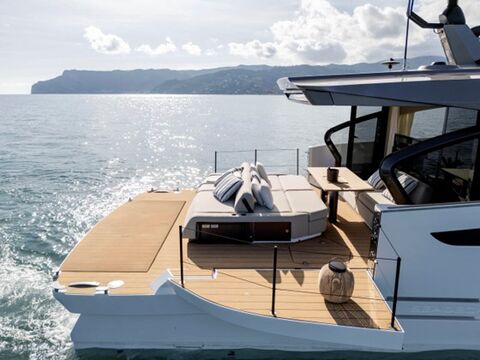
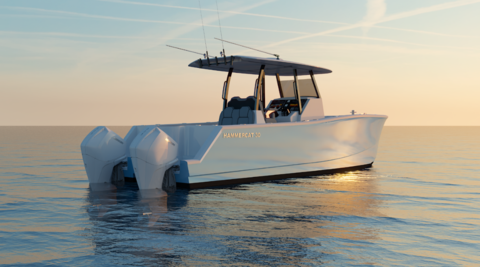

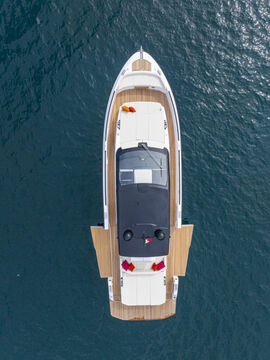
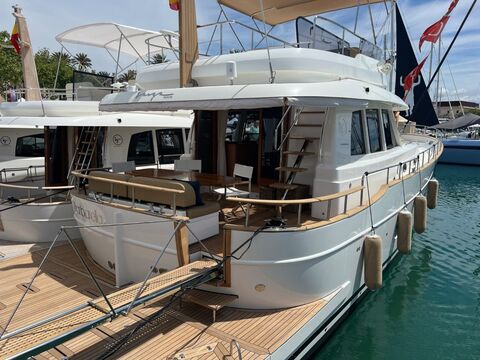
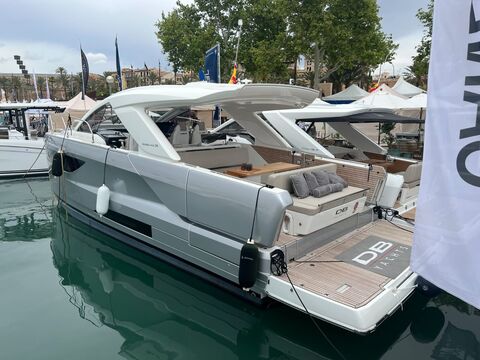
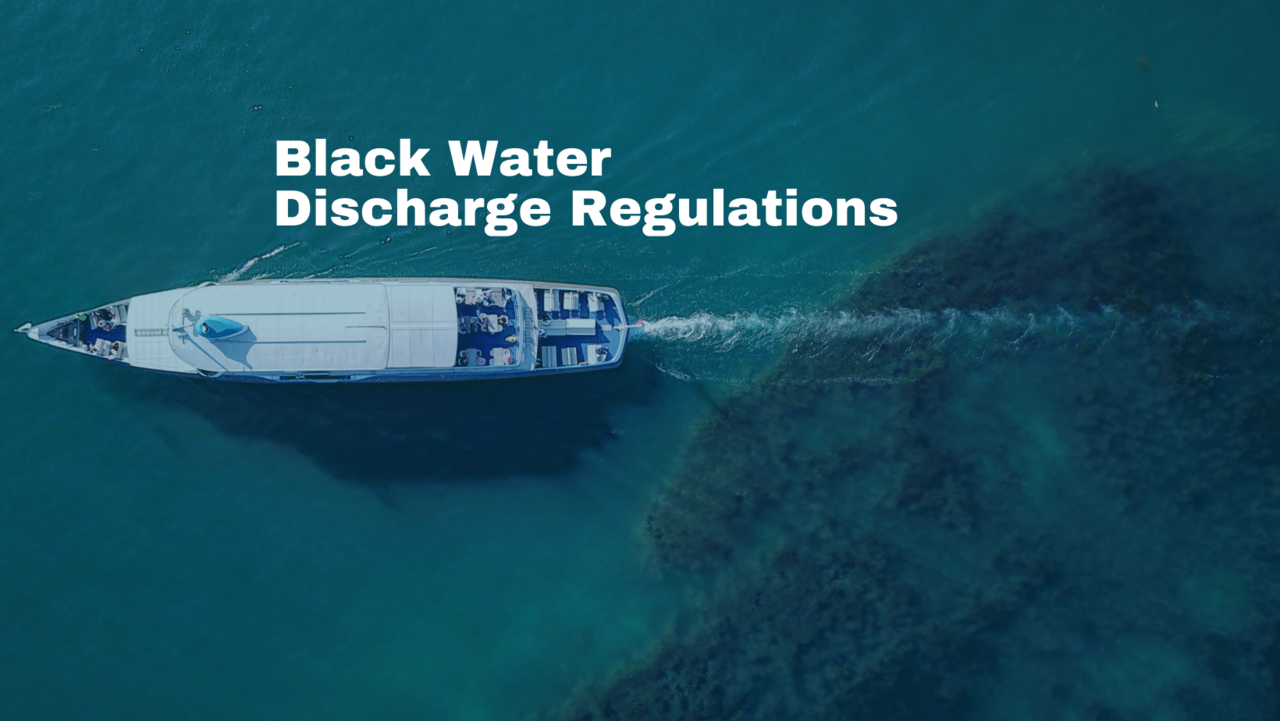
17. August 2023
Visits: 1.765
One of the essential information, boaters should know is, holding tank and international black water regulations other wise they can be punished in different regions. Black water, known as toilet waste, is also a significant issue in marine pollution. At the moment, there is no international regulation for the discharge of black water for recreational crafts. The discharge regulations of MARPOL (Marine pollution) chapter IV only apply to vessels which exceed 400GT or carry more than 15 passengers.
Therefore, countries apply their own regulations for inland waters.
Belgium
It is prohibited to discharge or dump any solid or liquid materials which may pollute the water both inland and at sea.
Denmark
Boats built before 1 January 1980 do not have to have a holding tank and can discharge sewage when 2 nautical miles from the shore. Boats built before 1 January 2000 but after 1 January 1980 which are either less than 10.5m LOA or have a maximum beam of less than 2.8m do not have to have a holding tank and can discharge sewage when 2 nautical miles from the shore. Boats outside of the above exemptions, including all boats built after 1 January 2000 must have a holding tank that can be emptied through a deck fitting.
Finland
The discharge of untreated sewage is prohibited at a distance of less than 12 nautical miles from the nearest land i.e. within their territorial waters.
France
French law requires that as of 1 January 2008 new vessels, whether French or foreign flagged, are fitted with a treatment system or retention tank for black water if they wish to have access to French maritime or river ports, moorings and anchorages. Users of older vessels which are not equipped with treatment systems or holding tanks for black water are, prohibited to discharge.They must therefore use shore toilets.
Germany
Boats under the German flag or that of another HELCOM (The Baltic Marine Environment Protection Commission – also known as the Helsinki Commission) signatory nation which were built after January, 1st, 2003 with a toilet on board must have a toilet retentions system in line with HELCOM recommendation 22/1. Pleasure boats under the above mentioned flags, built between the named dates and having a toilet on board must have a toilet retention system if they have a length of more than 11,50 metres (Lh) and a width of more than 3,80 metres. If they fall below either this length or this width they do not have to have a tank. It is possible for pleasure boats which exceed both measures to get an individual exemption if they prove to the competent authority that the fitting of a holding tank is technical impossible or the costs are economically disproportional. The rules of MARPOL Annex IV on discharging apply to all pleasure boats that are fitted with a holding tank.
Greece
Although not actually a legal requirement in Greece, regulations make having a holding tank a practical requirement. Caution should also be exerted when disposing of grey water.
Netherlands
It’s prohibited to discharge black water from any pleasure boat in any inland waterway, lake, or territorial waters.
Norway
Discharge from toilets or holding tanks closer than 300 metres from shore is strictly prohibited.
Spain
Vessels cannot discharge untreated sewage within Spanish territorial waters (12 nautical miles).
Sweden
From 1 April 2015 all pleasure boats, including foreign flagged boats, are prohibited from discharging sewage into the lakes, internal waters and territorial waters (12 nautical miles) of Sweden. Recreational craft listed for preservation are not subject to the ban.
Sewage is any discharge of waste water and other waste from any type of toilet, including portable toilets. Sewage contains phosphorus and nitrogen and the primary aim of the ban is to reduce their discharge into Swedish waters.
Although a bucket, pot or similar does not count as a type of toilet and therefore falls outside the scope of the discharge ban, Sweden does have regulations which mean that anyone who is spending time outdoors should take every possible precaution not to contaminate the environment.
Pleasure boats can fit a holding tank, stop using the toilet and go ashore, or use a portable toilet, earth closet, incineration toilet or similar. It is not prohibited for a pleasure boat to have a directly discharging toilet as long as nothing is being discharged. If a boat does not have a toilet, sewage should not be discharged into the water but dealt with on land.
Marinas are responsible for ensuring that there are adequate facilities for boat owners to dispose of this waste on land.
Turkey
Discharge of any kind may be considered illegal. Vessels require to carry a Blue Card. Blue Card will be used to monitor the amount of waste water deposited ashore to ensure holding tanks are pumped out rather than emptied into the sea.
USA – Federal law states that untreated sewage cannot be discharged, from either a toilet or a holding tank, in inland waters or coastal waters less than three miles from shore.
Leave a comment
Comments
Jan-Henrik K. 6 days ago | reply
Wie sind denn die Regeln in GR genau.....wo kann man rauspumpen, was ist mit Grauwasser.... Noonsite hat exakt den gleichen Text...."praktisch braucht man wg. der Gesetzeslage Fäkalientanks". Finde im Netz leider nichts zu der Gesetzeslage.
Bahar O. 6 days ago | reply
Soweit uns bekannt ist, gibt es keine Vorschriften für Grau- und Schwarzwassertanks auf Yachten, es sei denn, es handelt sich um Yachten mit mehr als 12 Passagieren.
Zum Beispiel: eine Yacht mit einer gesetzlichen Kapazität von 13 Passagieren muss mindestens 1 WC mit Anschluss an den Schwarzwassertank haben.
In Griechenland gibt es auch keine Auspumpstationen. Die Yachten entleeren den Schwarzwassertank im offenen Meer 2 oder 3 Meilen von der Küstenlinie entfernt .
Manche Leute sagen, dass die Ägäis aus diesem Grund den leckersten Fisch der Welt hat: